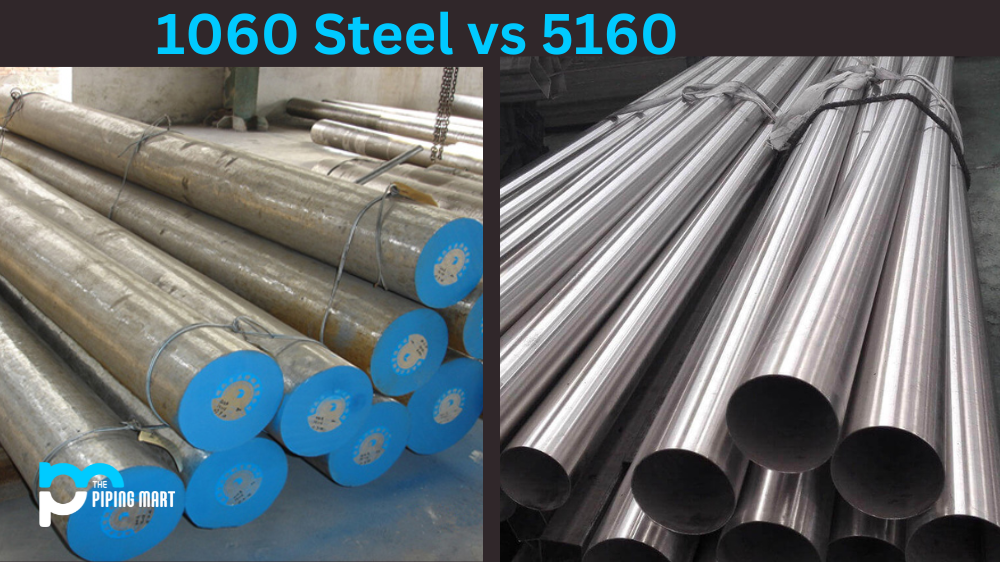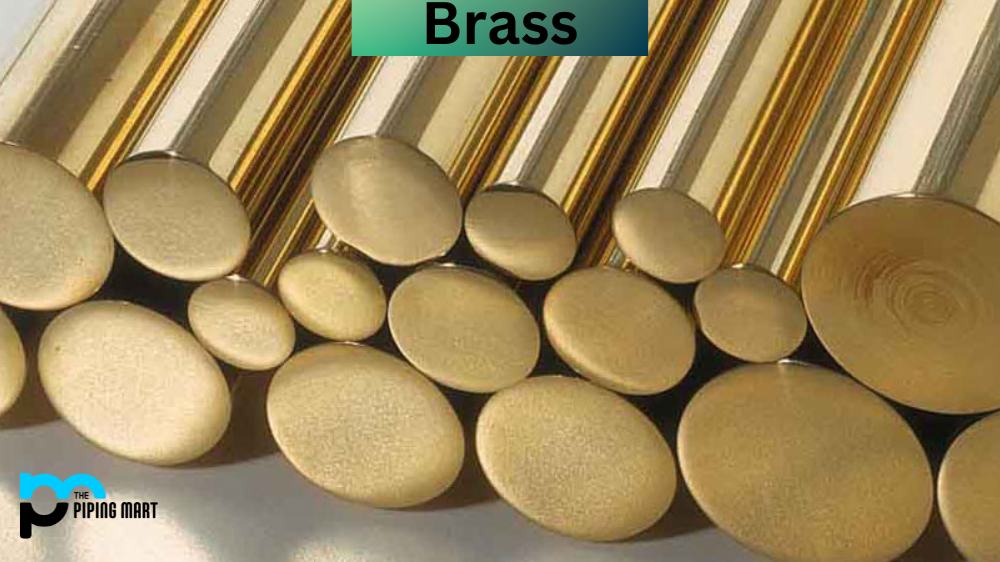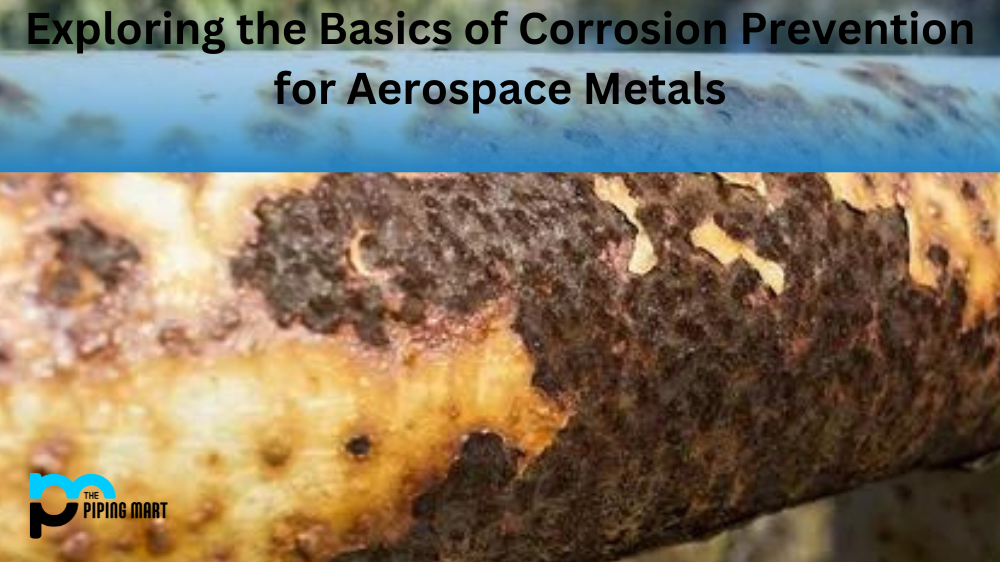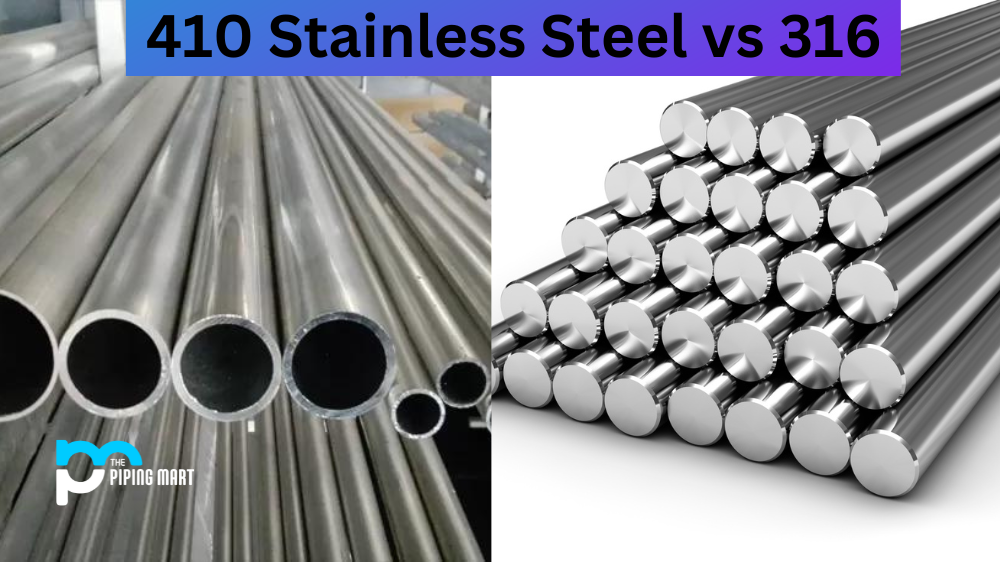As a knife enthusiast, you must be familiar with choosing the correct steel for your blade. Steel quality determines your knife’s sharpness, durability, and performance. Among various steel types, 1060 and 5160 are well-known for their optimal use in blades. In this blog, we’ll compare the two popular steel types to make deciding which suits your knife easier.
What is 1060 Steel?
1060 carbon steel is often used for making knives and other cutting tools. The steel is known for being tough and durable and can hold an edge well. Additionally, 1060 steel is easy to sharpen, making it a good choice for those looking for a knife that they can keep in good condition with minimal effort.
What is 5160 Steel?
5160 steel is carbon steel often used for making swords and other extensive cutting tools. The steel is known for being tough and durable and can hold an edge well. Additionally, 5160 steel is easy to sharpen, making it a good choice for those looking for a sword or other significant cutting tool to keep in good condition with minimal effort.
Differences Between 1060 steel and 5160 steel
The main difference between 1060 and 5160 steel is the amount of carbon in the steel. 1060 steel contains 0.60% carbon, while 5160 steel contains 0.56% carbon. This difference in carbon content gives 1060 steel slightly higher hardness and wear resistance than 5160 steel. Additionally, 1060 steel has higher ductility than 5160 steel, making it less likely to crack or break under stress.
Which one is better?
There is no definitive answer as to which one is better. It depends on what you want in a knife or other cutting tool. If you need something tough and durable, 5160steel may be the better choice. However, if you need something easier to sharpen, then 1060steel may be the better choice. Ultimately, it comes down to personal preference and what you value most in a knife or other cutting tool.
Composition
1060 steel is a high-carbon steel with an excellent balance of hardness and durability. It contains 0.60% carbon, 0.25% manganese, and 0.35% silicon. This steel type is perfect for crucible blade-making applications and is easy to forget.
On the other hand, 5160 steel is a low-alloy steel with superior toughness and flexibility. It has 0.6-0.7% carbon, 0.7-1% manganese, and 0.2-0.5% chromium. The composition of added chromium improves the steel’s wear resistance and hardenability.
Hardness
1060 steel is known for its high hardness and wear resistance. Due to its high carbon content, it’s easy to sharpen and capable of maintaining sharpness for longer durations. It’s a perfect fit for blades like hunting knives or cutting tools because it holds a sharp edge.
5160 steel is softer compared to 1060 steel, but it’s highly flexible and has a high level of toughness. Its flexibility is due to its low alloy content, making it ideal for swords, machetes, and broader blades.
Durability
1060 steel is highly durable and resistant to wear, perfect for cutting and piercing jobs without chipping or cracking. The balance of carbon and manganese makes it ideal for knives that must withstand heavy-duty tasks such as cutting hardwoods and slicing meat. It’s also suitable for creating complex blades with fewer thick spots.
5160 steel’s superior toughness gives it excellent durability, making it a great choice for more extensive, thicker blades. Due to its low alloy content, it’s less prone to cracks and chips, which allows it to withstand rough usage and high impacts.
Heat Treatment
Heat treatment is crucial in determining a knife’s blade’s hardness, durability, and strength. Both 1060 and 5160 steel require systematic heat treatment to achieve optimal performance. For 1060 steel, the blade should be heated up to 780-810°C and then slowly cooled for hardness. On the other hand, 5160 steel requires lower temperatures of 730-780°C for hardening, but it needs to be rapidly quenched in oil to attain its maximum hardness.
Conclusion
Both 1060 and 5160 steel are known for their exceptional quality and physical properties, but they have slightly different features that make them unique. Choosing the correct steel for your blade depends on your specific usage requirements. If you need a more rigid and flexible edge, go for 5160 steel, while 1060 steel is perfect for sharpness and hardness. It’s essential to ensure systematic heat treatment to achieve optimal performance from either option. So, consider these steel types when crafting your next knife, ensuring it delivers the needed performance.

A passionate metal industry expert and blogger. With over 5 years of experience in the field, Palak brings a wealth of knowledge and insight to her writing. Whether discussing the latest trends in the metal industry or sharing tips, she is dedicated to helping others succeed in the metal industry.




